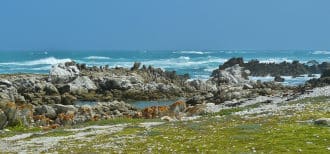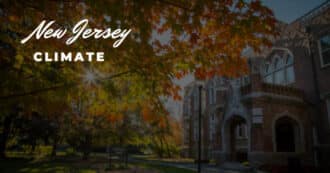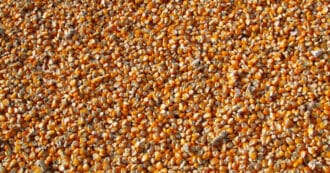By Alina Sterenfeld
Changing World Maps and the Impacts of Climate Change
Maps are the stories of the world. Maps show us how big different countries are, and how close one region is to another. Maps give us insights into places we’ve never seen before and enable a relationship with places distant from ourselves. But our maps of the world are changing, and so is the story of our home.
As explorers ventured to new lands, they would bring back new information about those lands, and update the maps of the world as they knew it. Now, we, like the explorers, are updating our world maps…not because we’re discovering new lands, but because these lands which have already been discovered are now disappearing.
Threatened Nations: South Pacific Island, Tuvalu
In 2018, the government of Tuvalu, a small island nation in the South Pacific, announced that they will begin to redraw the map of their island to reflect the changing coastlines. An archipelago comprised of nine islands, Tuvalu’s highest point is a mere 4.6 meters above sea level. Threatened by rising sea levels as well as coastal erosion and storm surges, Tuvalu is expected to be completely submerged by the end of the century. Tuvalu is not alone; other Pacific island nations such as Kiribati, the Marshall Islands, and the Solomon Islands are in similar situations.
In Genesis 1:9 it states: “God said, ‘Let the water below the sky be gathered into one area, that the dry land may appear.’ And it was so” In other words, God intended for there to be a separation between land and water. Yet, human-induced climate change is deviating from this ideal.
The Eco Bible’s Message on Human-Induced Climate Change
Expanded upon in Eco Bible: An Ecological Commentary on the Hebrew Bible, Rabbi Yonatan Neril and Rabbi Leo Dee write about the first chapter in Genesis: “God said that dry land should appear from the water, yet by humanity’s actions, more and more water is covering land.” The climate crisis is creating a reality where areas like Tuvalu are victims of submersion.
While the nation of Tuvalu is adapting to climate change by building seawalls and developing early warning systems for storm surges, these efforts are temporary at best. There is only one true long-term solution to enable the people of Tuvalu to continue to live on their islands: to curb climate change.
With the fate of Tuvalu’s land at stake, the question becomes, without a land, what happens to the people of Tuvalu? What happens to its statehood? Will/should Tuvalu continue to be recognized as a state in international politics even without a land of their own? Without a land, what happens to the culture of Tuvalu? The native language?
The United Nations estimates that around 350,000 people live in the South Pacific and are at risk of losing their homes due to human-caused climate change.
Tuvalu’s Vision for Preservation: Digitizing into the Metaverse
Simon Kofe, Tuvalu’s foreign minister, announced in 2021 that Tuvalu will be the first nation to digitize into the metaverse, a virtual/augmented reality for social interaction. Kofe said, “islands like this one won’t survive rapid temperature increases, rising sea levels, and droughts. So we’ll recreate them virtually. Piece by piece we’ll preserve our country, provide solace to our people and remind our children and our grandchildren what our home once was.”
Is this our future? To digitally interact with our planet? Our connection with the earth was never supposed to be through electronics. There are countless lived experiences that will be lost with this digitization, as they apply to a sensory experience with nature, and we will no longer be able to touch and feel and smell the land.
Our maps are being redrawn. We cannot allow our home to be erased.
Featured image source






